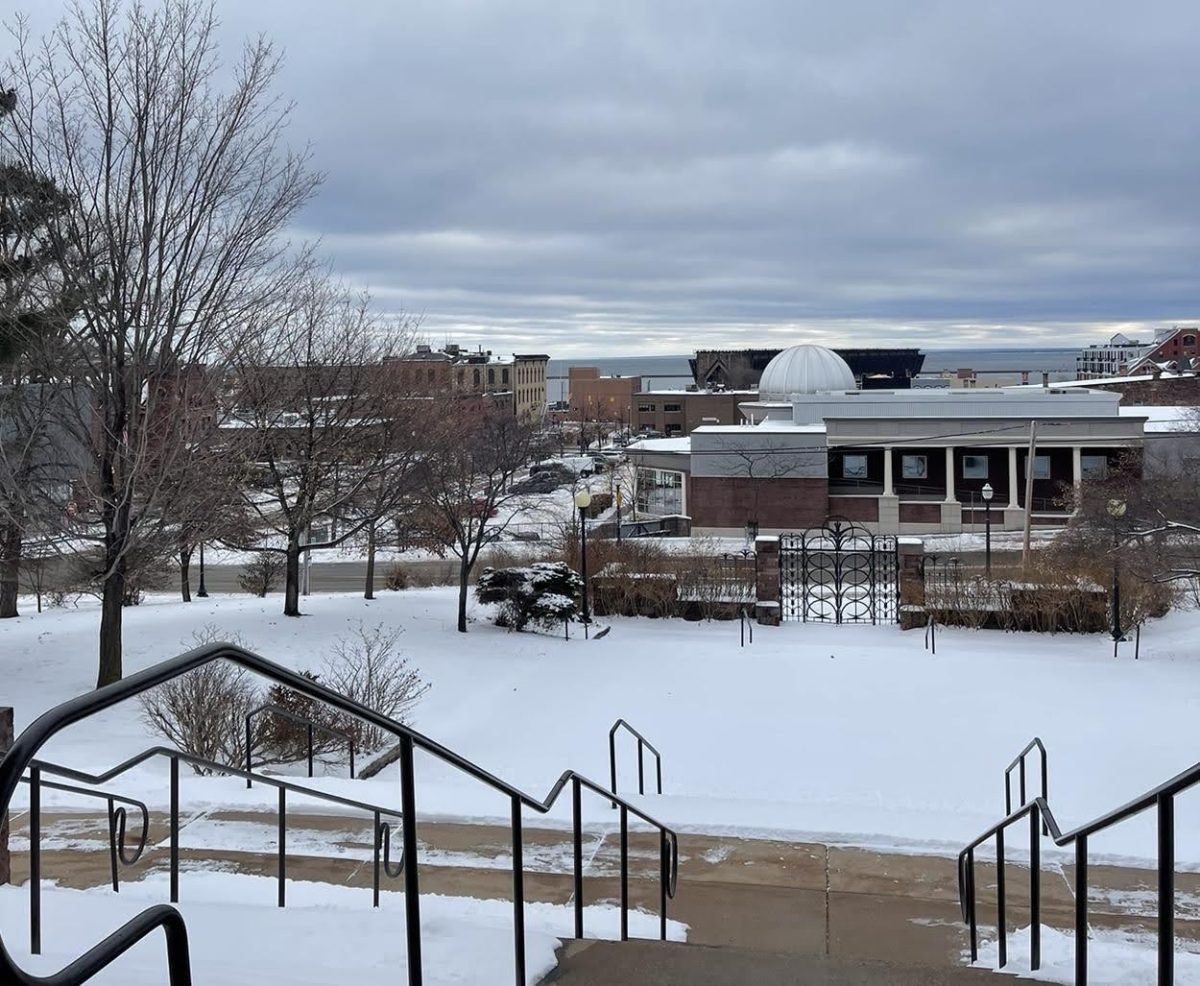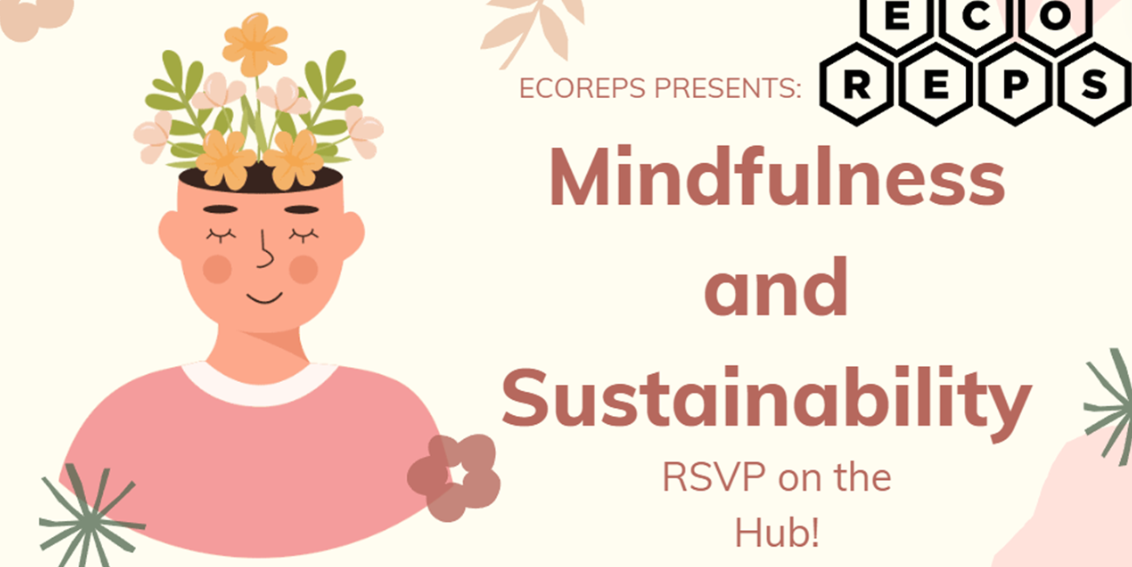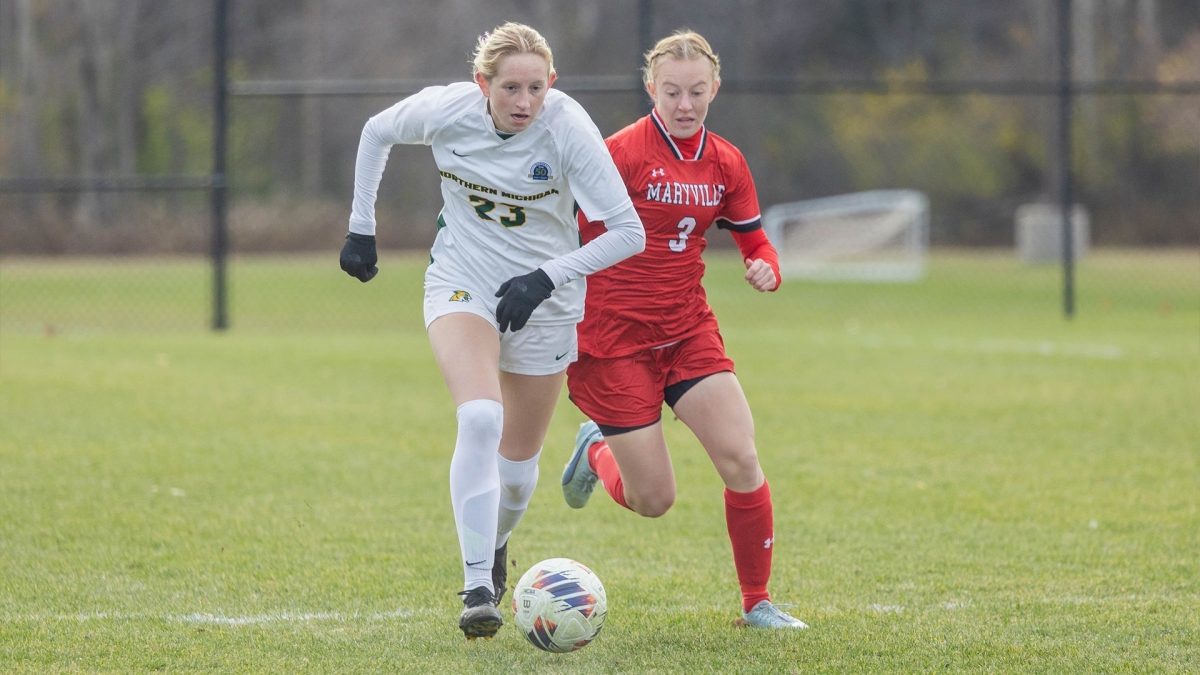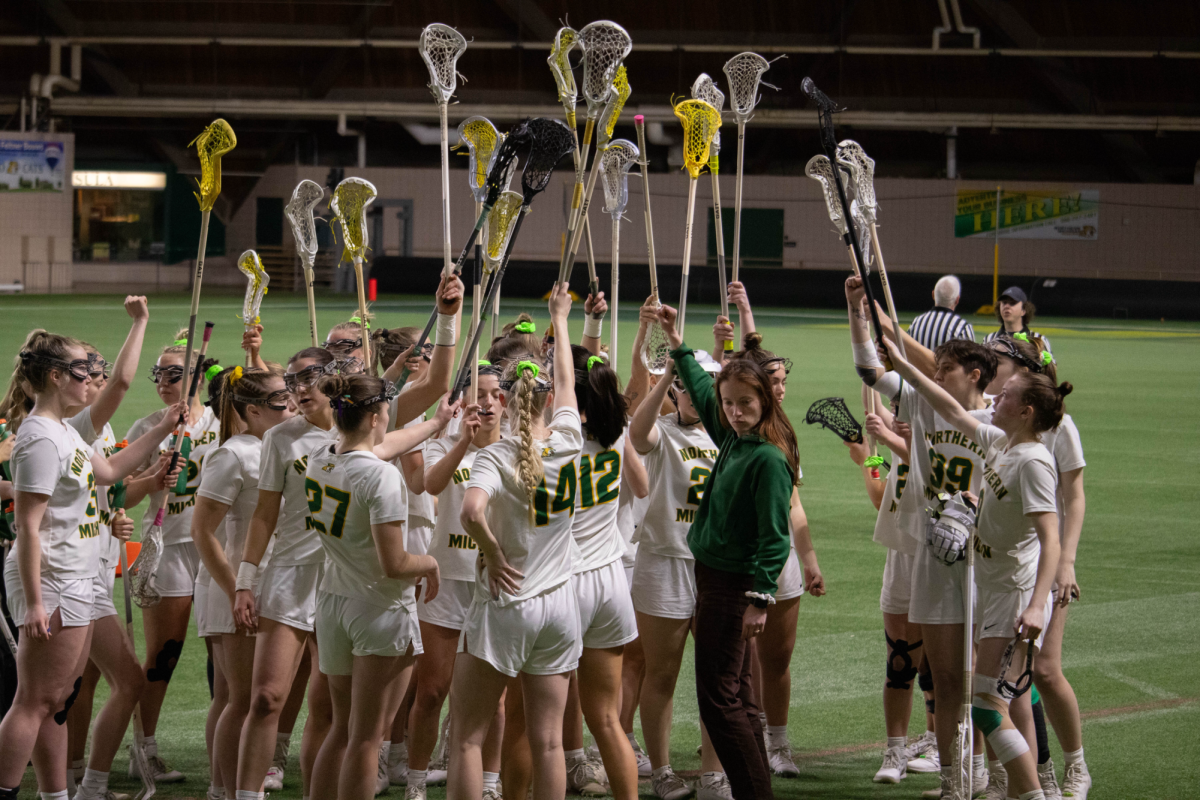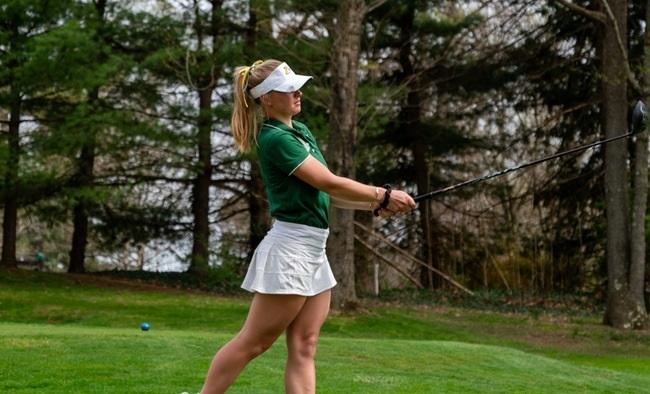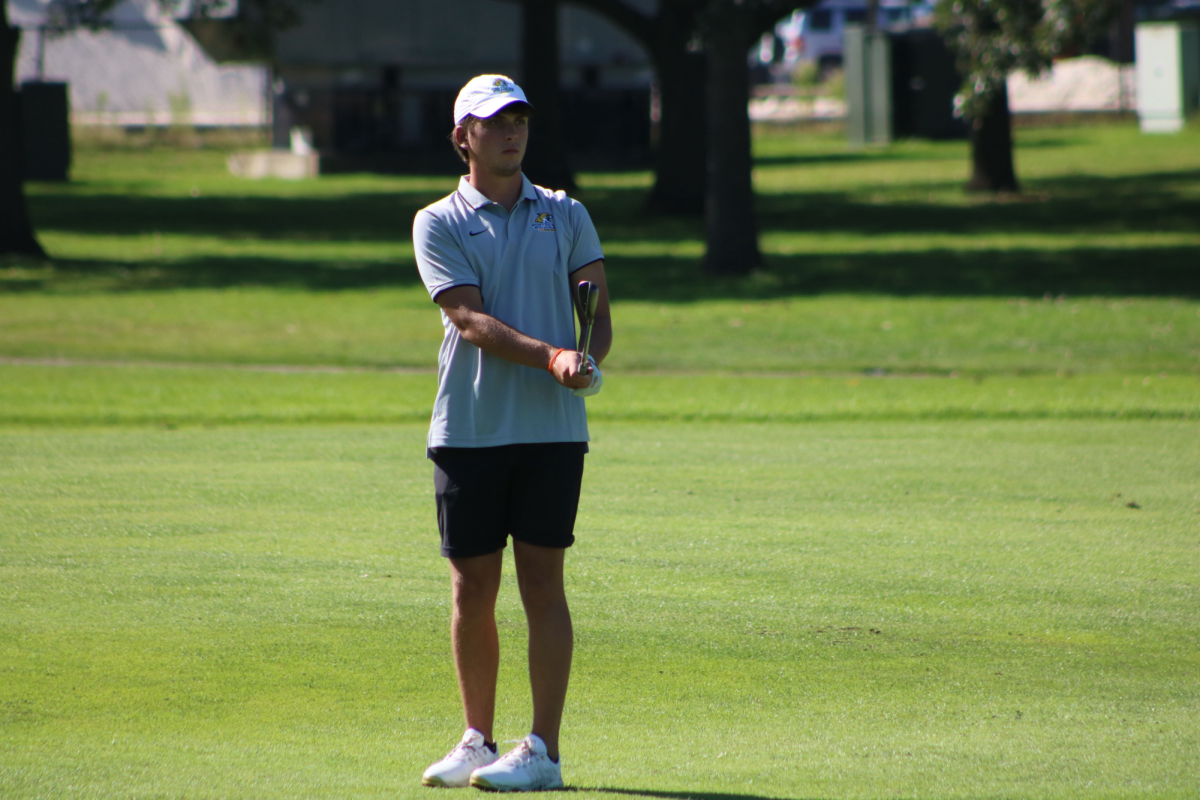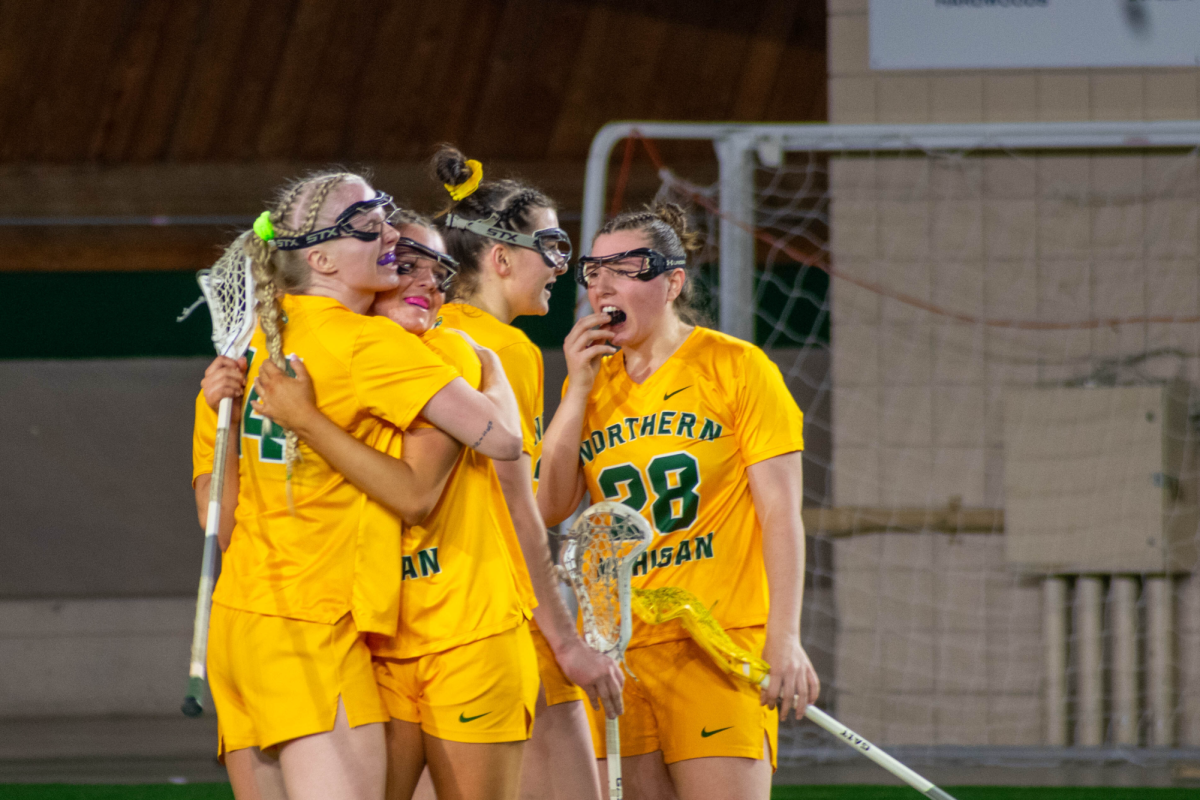A former zookeeper and outdoor-enthusiast turned NMU professor was was recently recognized by Sierra Magazine for her research on snowshoe hares, determining if they adapt to a changing environment based on their fur color.
Diana Lafferty, assistant professor of wildlife ecology, is starting her first semester teaching at NMU after completing her recent post-doctoral research that
Sierra Magazine featured in an article last Thursday.
Lafferty and her colleagues studied the effects of environmental changes on snowshoe hares using the Phenotron, a temperature and daylight-controlled laboratory located at North Carolina State University.
“The chamber floor was covered in one-half white and one-half brown foam tiles and the walls corresponded in color to the floor, creating a one-half brown and one-half white room. In addition, because this experiment was conducted during the summer, all the snowshoe hares were in their brown summer coats, thereby allowing us to evaluate whether or not brown hares elected to spend time on white versus brown backgrounds. For this experiment, we found that most of the hares exhibited a preference for the brown background,” Lafferty explained.
Lafferty and her colleagues conducted the experiment twice and deduced that the hares exhibited repeatable behaviors. She said it was exciting to have witnessed the repeatable differences in behavior across the different experimental trials.
“[The research] has given us additional fodder to develop and conduct follow-up experiments to evaluate the behavioral and physiological responses of snowshoe hares to environmental change during both the fall and spring molts (when snowshoe hare change from brown to white [fall to winter] and white to brown [winter to spring],” Lafferty said.
Following the results of the research, the Sierra Club reached out to Lafferty after reading the abstract that Lafferty submitted for her presentation at the Ecological Society of America annual conference in Portland, Oregon back in August. SIERRA Magazine published the article on August 31.
Lafferty, at first, did not think about how exceptional it was to be featured in a prestigious and well-known science magazine that has received one or more Maggie Awards from the Western Publications Association almost every year since 2000, according to the Sierra Club’s website. “I didn’t think of it that way. I was just excited that a science writer was interested in our highly collaborative snowshoe hare personality research activities and this gave us an opportunity to share our research story with a really broad and diverse audience,” Lafferty said. After finishing her postdoctoral research, Lafferty began applying for faculty positions at universities with strong teaching programs and multiple research opportunities.
“I was excited to see the position announcement for an Assistant Professor of Wildlife Ecology at NMU and I am thrilled to be here at NMU,” she said.
Lafferty attributes her success as a university professor and how she accomplished many feats in her research to her mentors at her previous university.
“I [was] fortunate to have received mentorship from diverse mentors throughout my professional and academic training.
In fact, I am grateful to have been exposed to exceptional mentors, exceptionally great and exceptionally not great,” Lafferty said. “But these experiences taught me how I want to be treated as a scientist, colleague, teacher, collaborator, and citizen of our shared planet. As such, I hope to take the lessons I learned from my diverse mentors into the classroom and into my research lab to create an inclusive, safe, constructive, compassionate, respectful, and exciting learning environment for all the participants.”




